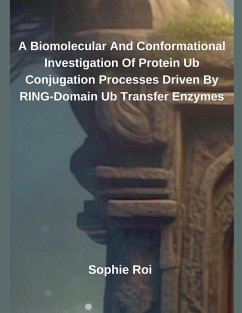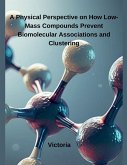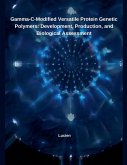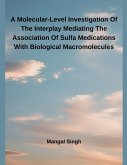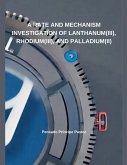Cells face and react to their environment to ensure viability or to fulfil specialized tasks. Therefore, they evolved highly coordinated interconnected signalling networks to sense extra- or intra-cellular stimuli and generate diverse changes in the cellular physiology ranging from transcription modification to the activation or repression of various protein functions. These signalling networks often include molecules that can be covalently attached to other molecules such as proteins, nucleic acids, or lipids to alter their affinities towards binding partners. Alternatively, such attachments may modulate the enzymatic activity of the modified proteins or affect their cellular localization. These attachments, commonly referred as post-translational modifications (PTMs), generate quicker responses and initiate instant downstream signalling compared to the transcription/translation machinery (Walsh and Jefferis, 2006). PTMs usually involve reversible covalent attachment of molecules such as phosphate, methyl or acetyl groups to proteins (Cohen, 2001; Walsh and Jefferis, 2006; Yang and Seto, 2008). Additionally, proteins in eukaryotes may get modified by covalent attachment of small proteins like ubiquitin (Ub), SUMO (Small ubiquitin-related modifier), or Nedd8. These modifications are often classified as UbLyations and the modifiers as UbLs (Ubiquitin Like proteins) as Ub was the first one to be identified and characterized amongst these. In fact, the attachment of Ub has been established to play many cellular roles as it can alter the function as well as the fate of the substrate proteins.
Bitte wählen Sie Ihr Anliegen aus.
Rechnungen
Retourenschein anfordern
Bestellstatus
Storno

